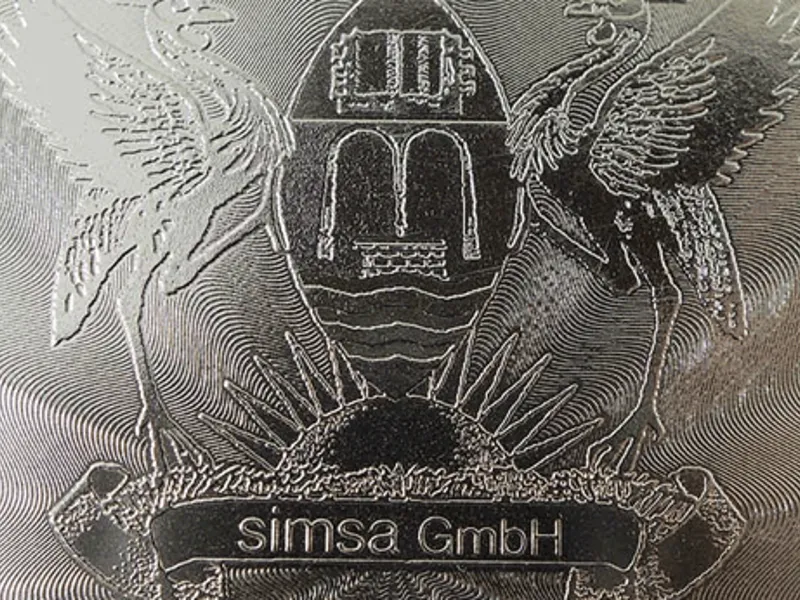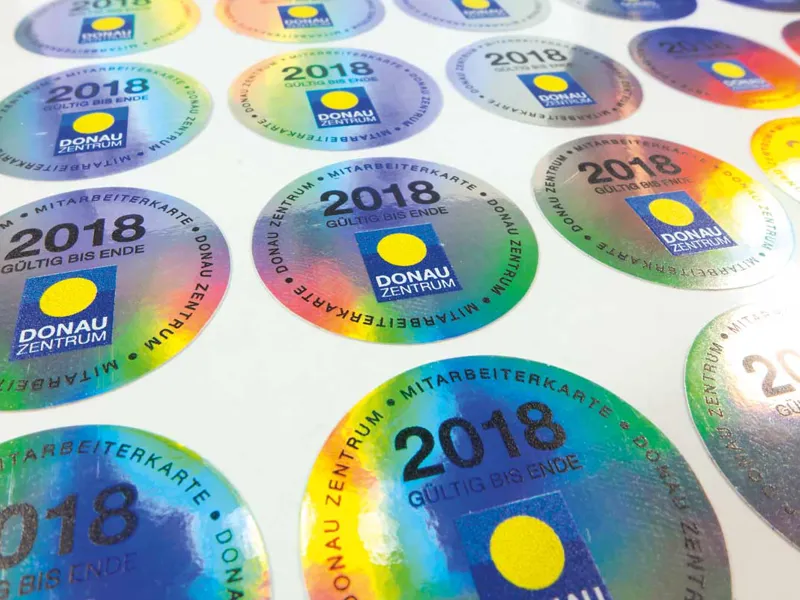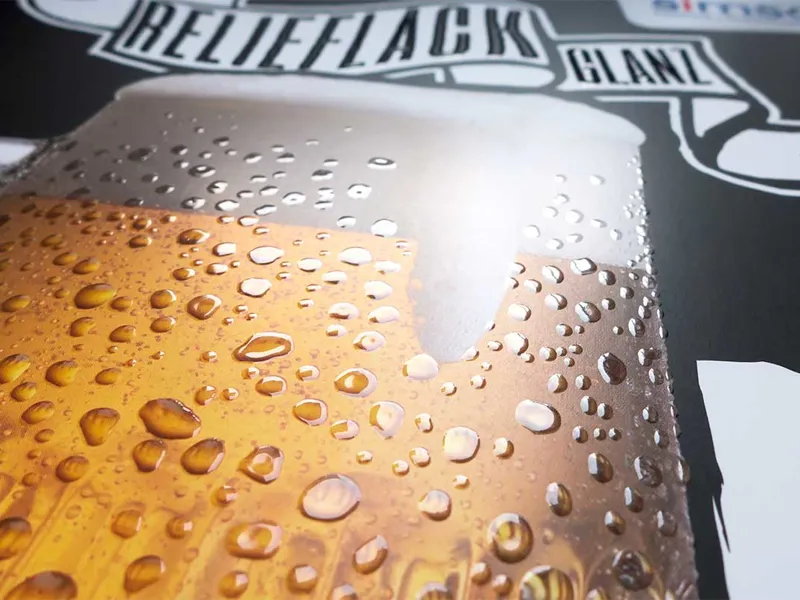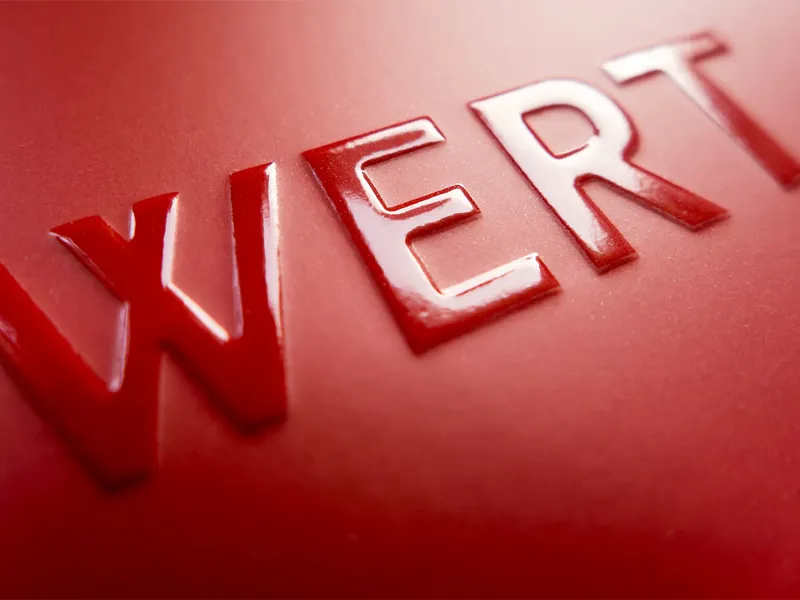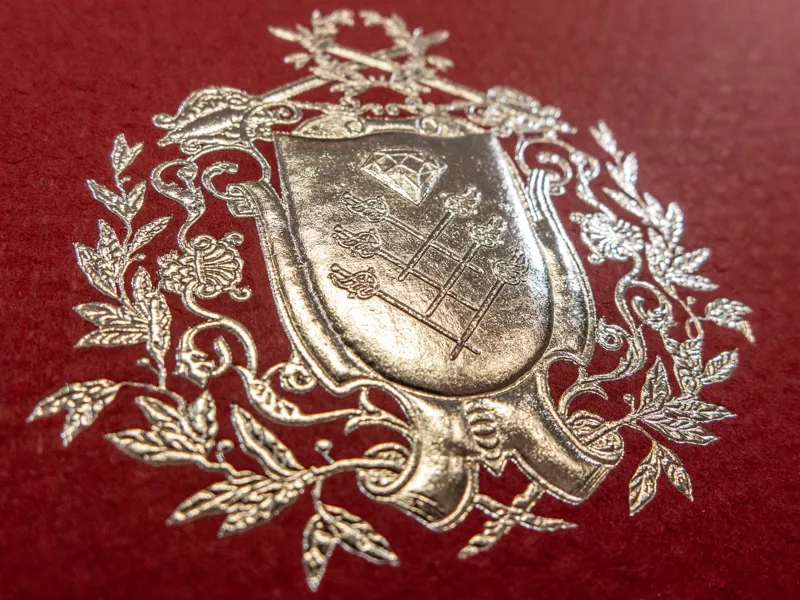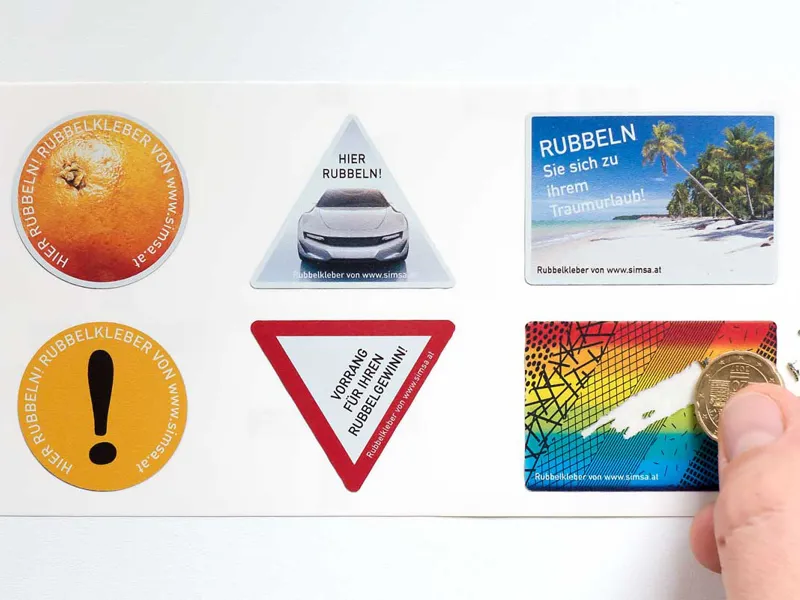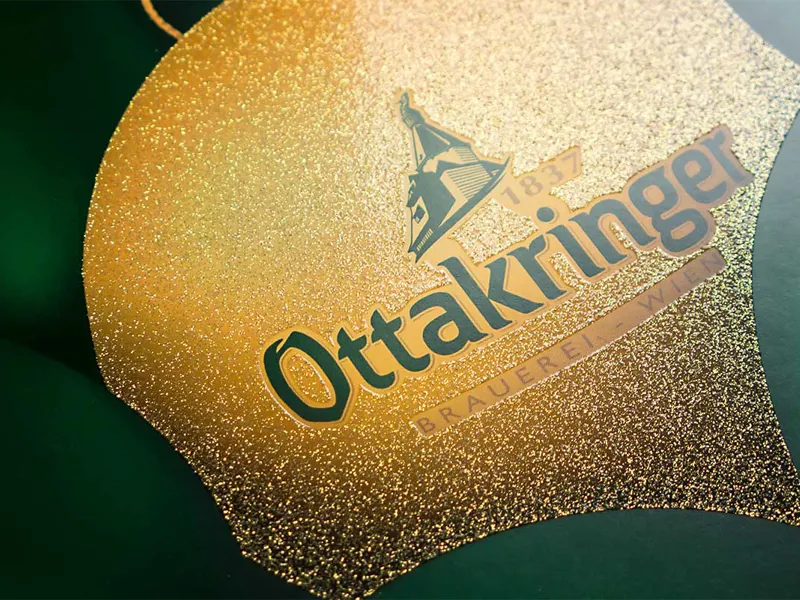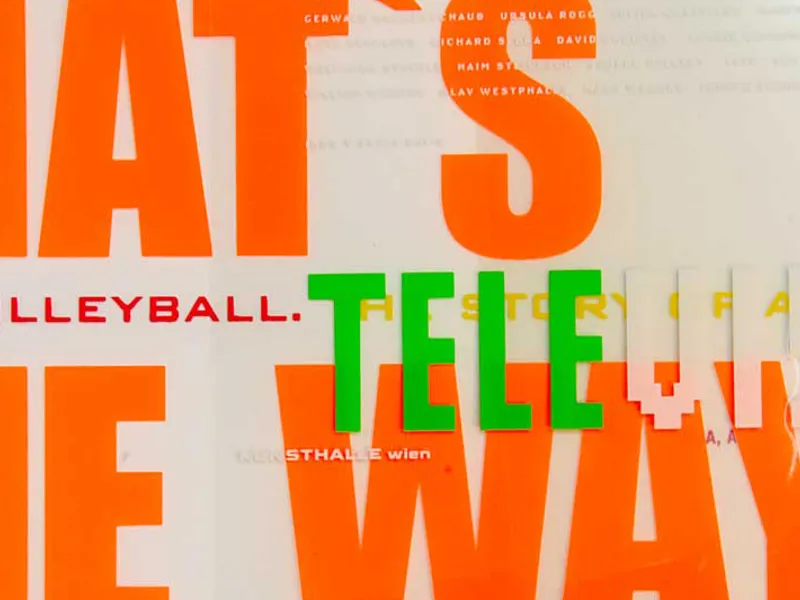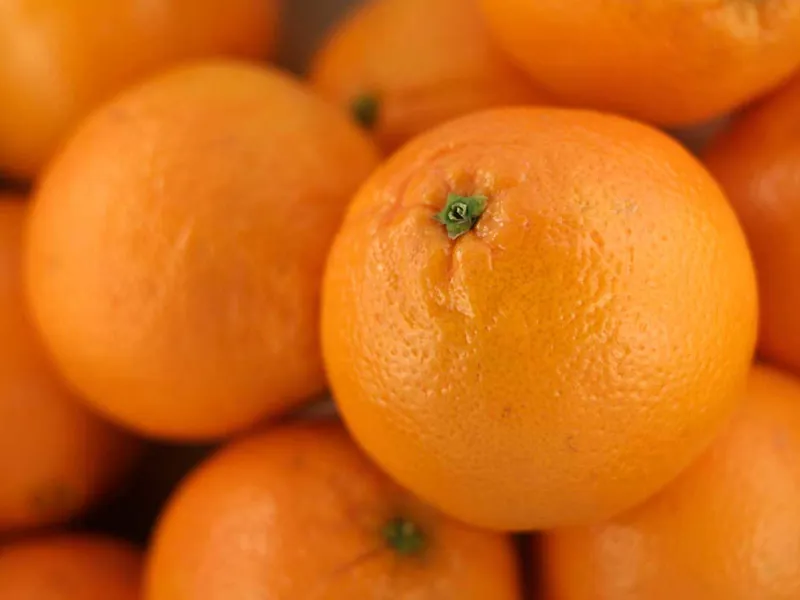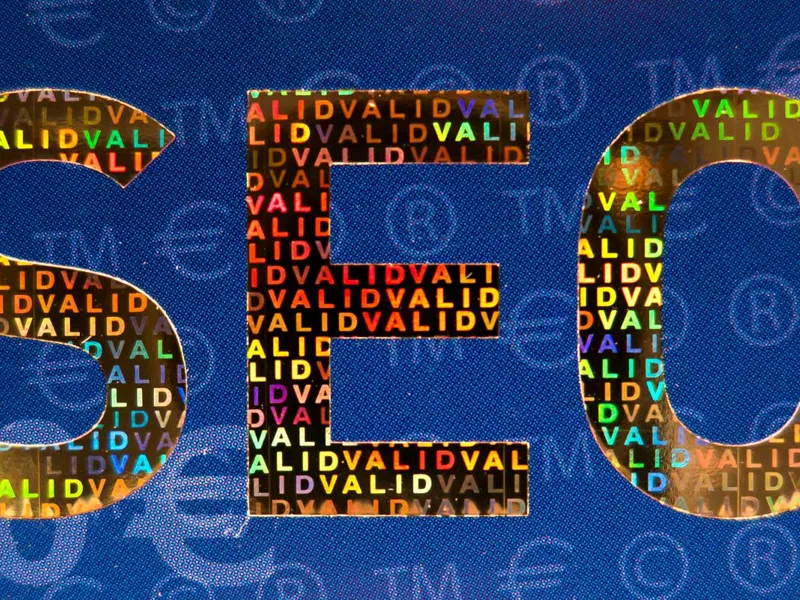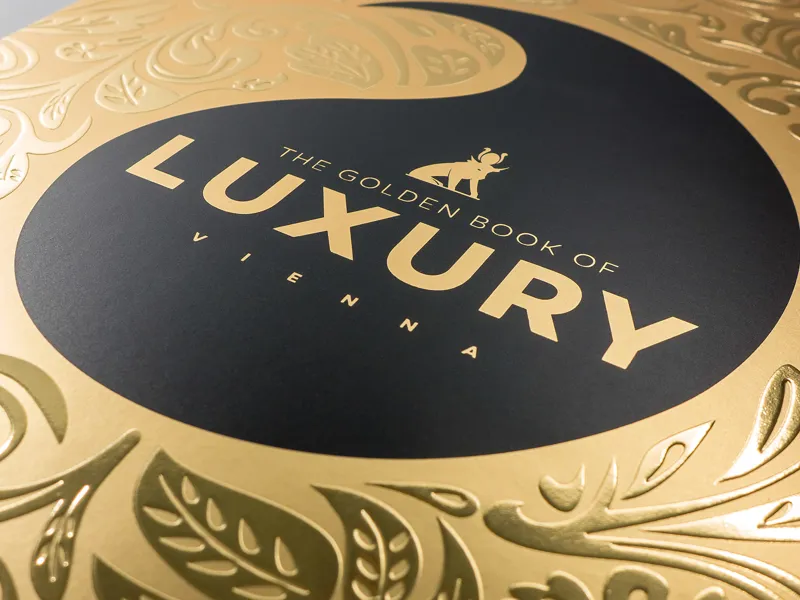Welcome to the world of ennobling effects
- Stand out from the crowd!
- Create an eye-catcher for your products!
- Achieve WOW effects with your customers!
- You get all this and more with our noble effects
Print finishing
Print finishing is here to give you more!
Print finishing is the creation of added value on a print product that goes far beyond printing only text and photos!
In many cases, this is done through emotions created by print finishing:
- A great eye-catcher that invites you to engage with your printed product.
- A reinforcement of the printed advertising message
- Standing out from the crowd and being crucial to your competitive success
- Subconscious, positive attributions to your products
- Building trust in your company and brand
- Extending attention span and length of engagement
- Increasing recall and recognition
- Appealing to multiple senses
- Higher response rates for mailings
- Psychological purchase incentives in packaging designed to trigger buying impulses
However, the added benefits can also be purely technical, such as in the areas of anti-counterfeiting or extending the life span of printed products through protective surface coatings.
Print enhancement is the finishing touch for sophisticated print products, often eye-catching at a distance and hand-pleasing to the touch at the same time.
Print finishing = paper finishing = cardboard finishing = often also plastic finishing
- We offer paper finishing, for example on business cards, certificates or image brochures.
- We offer cardboard finishing, for example on books, folding boxes or product tags.
- We offer plastic finishing, for example on cover sheets or stickers.
Many effects and many materials, all from one source at simsa!
How does that work? Through many different effects, in almost endless combinations:
- Tangible printing experiences
- Real metallic shine
- Fragrant prints
- Glittering points of light
- Deceptively lifelike imitated surfaces on photos
- Varnish effects from high-gloss to completely matte
- Ultra soft surfaces
- Rough textures that invite you to touch them with their grip
- Glow-in-the-dark prints
- Iridescent rainbow colors
- and much more, to name just a few examples.
Learn more about the many different effects of print finishing here.
Print finishing adds value beyond simply printing text and images on paper. This added value can be very different. It ranges from psychological influence on the consumer to artistic design, which is not possible with conventional printing processes, to technical improvement or additional functionality.
Typical areas of application are:
Prestige & Advertising, such as creating an eye-catching effect, reinforcing advertising messages, extending attention spans or positive attributions to brands, companies and products.
Design & art, such as art prints or exhibition catalogues.
Psychological incentive to buy, especially on packaging, product tags and labels, where over 2/3 of purchase decisions are made at the point of sale based on appearance.
Functionalities such as the creation of protection against abrasion and soiling, increased tear resistance, barrier effect against grease and chemicals or the application of Braille.
Counterfeit protection against copying attempts, for example for certificates, vouchers or branded articles.
Print finishing is the creation of an additional benefit beyond the normal printing of photos and text. Print finishing on paper is also referred to as paper finishing, on cardboard as cardboard finishing.
The added value of print finishing can be technical, optical or psychological. Technical would be protection against dirt and abrasion, optical would be the highlighting of image motifs to create an eye-catcher and psychological would be the creation of purchase incentives.
The print enhancement is done either by an additional coating or by deformation. Coating includes UV varnish, relief varnish, textured varnish, effect colours, metallisation or foil lamination. Forming is any kind of three-dimensional embossing as well as punching.
Print finishing takes place in the production process after offset printing or digital printing, but before the final prduction steps like cutting to size, book binding or die-cutting and box gluing, to name just a few.
